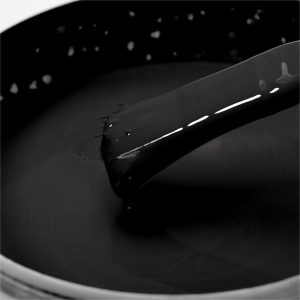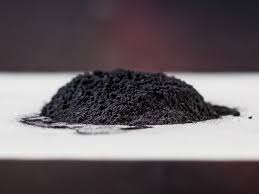
What is the difference between hard carbon black and soft carbon black?
2024-05-14
In the realm of materials science and industrial applications, carbon black stands as a versatile substance with various grades, each tailored to specific purposes. Two prominent variants within this spectrum are hard carbon black and soft carbon black. Understanding their disparities is crucial for optimizing their utilization across industries.
Hard carbon black and soft carbon black represent distinct categories of carbonaceous materials widely employed across diverse sectors, including rubber manufacturing, plastics production, coatings, and ink formulation. This article delves into their unique properties, production processes, and applications, shedding light on their respective roles in industrial contexts.
Production Process:
Hard carbon black and soft carbon black undergo different manufacturing techniques, leading to variations in their particle structure and properties. While hard carbon black typically results from a high-temperature combustion process, soft carbon black is often produced through partial combustion or thermal decomposition of hydrocarbon feedstocks. These distinct processes yield particles with contrasting morphologies and surface characteristics.
Physical Properties:
Hard carbon black is characterized by larger particle sizes, lower surface area, and higher density compared to its soft counterpart. Conversely, soft carbon black exhibits finer particles, higher surface area, and lower density. These differences in physical attributes influence their performance in various applications, particularly in terms of reinforcement, dispersion, and coloration.
Chemical Properties:
Surface chemistry plays a pivotal role in determining the compatibility and interaction of carbon black with polymers and other matrices. Hard carbon black typically features a higher degree of graphitization and fewer surface functional groups, rendering it less reactive than soft carbon black. This distinction influences their efficacy as reinforcing agents, pigment dispersants, and UV stabilizers in different formulations.
Applications:
Hard carbon black finds extensive use in the rubber industry, where it serves as a reinforcing filler in tires, conveyor belts, and industrial hoses. Its high structure and abrasion resistance enhance the mechanical properties and durability of rubber compounds. Additionally, hard carbon black is utilized as an electrode material in lithium-ion batteries, thanks to its conductivity and stability.
On the other hand, soft carbon black is prized for its dispersibility and color intensity, making it a preferred choice in the plastics and printing ink industries. In plastic formulations, soft carbon black imparts deep, jet-black hues while providing UV protection and improving surface finish. Similarly, in printing inks, it enhances color saturation and print quality, ensuring vibrant and long-lasting results. Moreover, soft carbon black is employed in coatings to improve weatherability and resistance to environmental degradation.
Performance Comparison:
When comparing the performance of hard carbon black and soft carbon black, it's essential to consider their strengths and limitations within specific applications. While hard carbon black excels in reinforcing rubber compounds and enhancing battery performance, soft carbon black outperforms in providing coloration, dispersion, and UV protection in plastics, inks, and coatings. Factors such as cost, compatibility, and processing requirements also influence the selection between the two variants.
Conclusion:
In conclusion, the distinction between hard carbon black and soft carbon black lies not only in their physical and chemical properties but also in their diverse applications across industries. By understanding these differences, manufacturers and engineers can make informed decisions regarding material selection, thereby optimizing product performance and quality in their respective fields.


